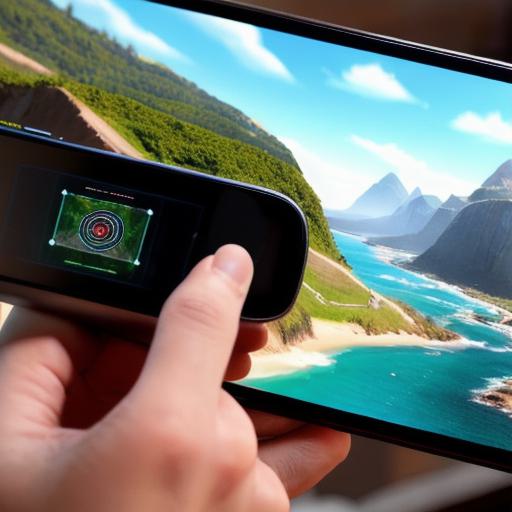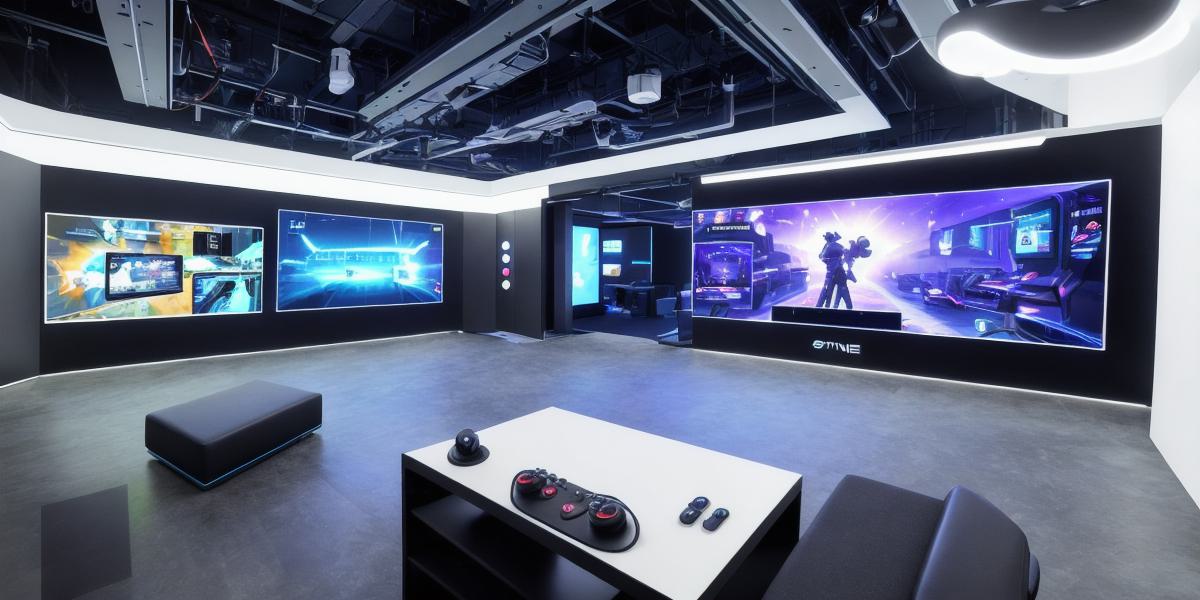As technology continues to advance, game development has also evolved at a rapid pace. In this article, we will explore the latest trends and advancements in game development expected for 2024.
- The Rise of Augmented Reality (AR) Games
Augmented reality games are games that overlay digital information onto the real world. These games have already gained popularity, with titles such as Pokémon Go and Snapchat filters becoming cultural phenomena. In 2024, we can expect to see even more advanced AR games that incorporate more complex interactions with the physical world.
One example of an upcoming AR game is Project Elysium, which combines augmented reality with virtual reality technology. Players will be able to explore a virtual world while interacting with their surroundings in real time. This level of immersion is expected to become increasingly popular in the coming years.
- The Emergence of Virtual Reality (VR) Games

Virtual reality games have been around for several years now, but we can expect to see significant advancements in this technology by 2024. VR headsets are becoming more affordable and accessible, which will lead to a wider adoption of these games.
One of the key advancements in VR gaming is the use of haptic feedback, which allows players to feel physical sensations in virtual environments. This technology is already being used in some VR games, but we can expect it to become more prevalent in the coming years.
- The Integration of Artificial Intelligence (AI) in Games
Artificial intelligence has been a buzzword for several years now, and its integration into game development is no exception. In 2024, we can expect to see more complex AI systems being used in games, allowing for more realistic and dynamic interactions with non-playable characters (NPCs).
One example of this is the use of machine learning algorithms to create NPCs that have unique personalities and behaviors. This technology will allow for more realistic conversations and interactions between players and NPCs, which will lead to a more immersive gaming experience.
- The Use of Blockchain in Game Development
Blockchain technology has been around for several years now, but its integration into game development is still relatively new. In 2024, we can expect to see more games being built on blockchain technology, allowing for secure and transparent transactions between players.
One example of this is CryptoKitties, a blockchain-based game that allows players to buy, sell, and breed digital cats. The game has been incredibly successful since its launch in 2017, and it serves as an excellent example of how blockchain technology can be used in gaming.
- The Incorporation of Esports into Game Development
Esports has become a massive industry in recent years, with millions of people watching professional gamers compete in tournaments worth millions of dollars. In 2024, we can expect to see more games being built specifically for esports, allowing for more competitive and organized events.
One example of this is Fortnite, which has become one of the most popular games in the world due to its strong esports scene. The game’s creators have also incorporated esports-specific features into the game, such as tournaments and rewards for top performers.
FAQs
- What is augmented reality (AR) and how does it work?
Augmented reality is a technology that overlays digital information onto the real world. AR works by using a device’s camera to capture the real world, then adding virtual objects and data on top of that image.
- What is virtual reality (VR) and how does it work?
Virtual reality is a technology that allows users to experience a computer-generated environment as if they were physically present in that environment. VR works by using a headset that tracks the user’s movements and adjusts the image accordingly, creating a sense of immersion.
3.
